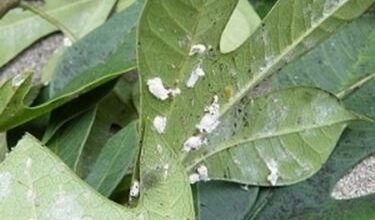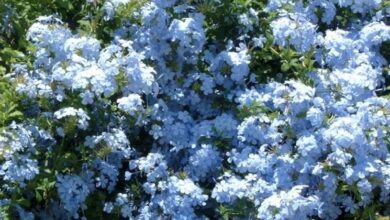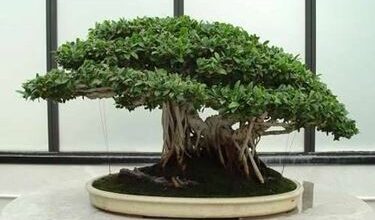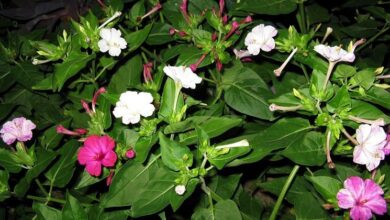Apple tree bonsai
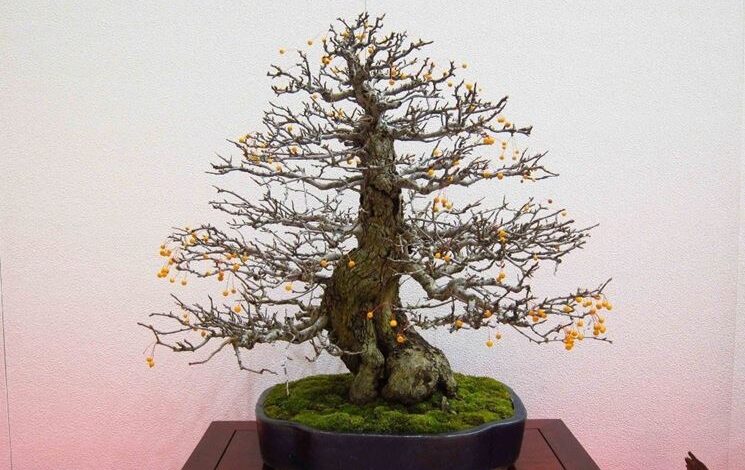
The main varieties of the apple tree bonsai
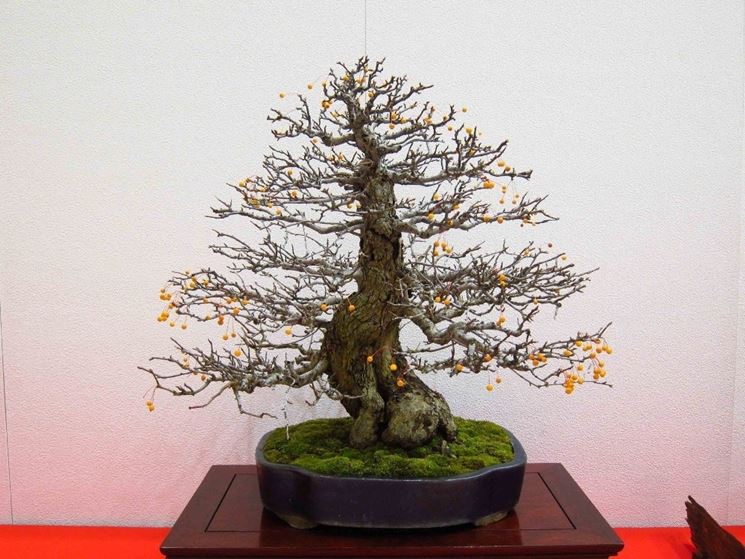
Cultivation of the apple tree bonsai
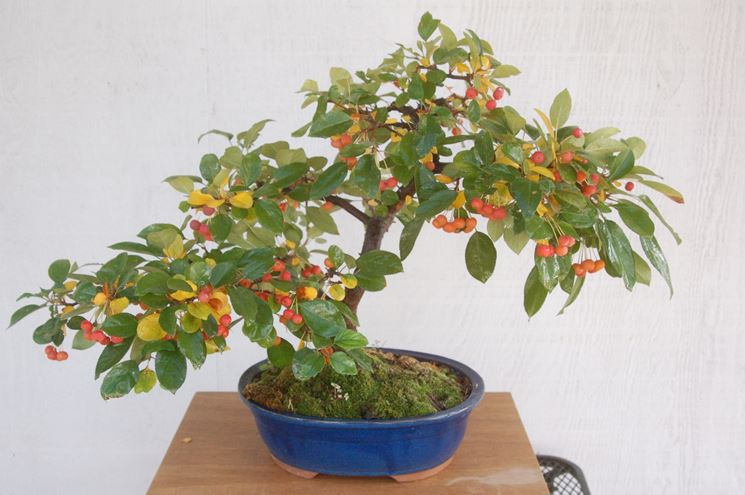
The bonsai apple tree is characterized by elegant flowering and the production of small edible fruits. It does not require particular cultural attention, this particular plant can be grown even by the less experienced. It is important that the soil is well drained and rich in organic substances. To grow and develop the bonsai apple tree, it needs a good exposure to sunlight, all year round. In order to avoid possible burns to the foliage, it is advisable to store the bonsai apple tree in partial shade during the hottest summer months. Watering must be constant and abundant, especially after flowering, to help the small fruits ripen. Spraying the foliage periodically helps to avoid the appearance of mold. To ensure ambient humidity,
Pruning the apple tree bonsai
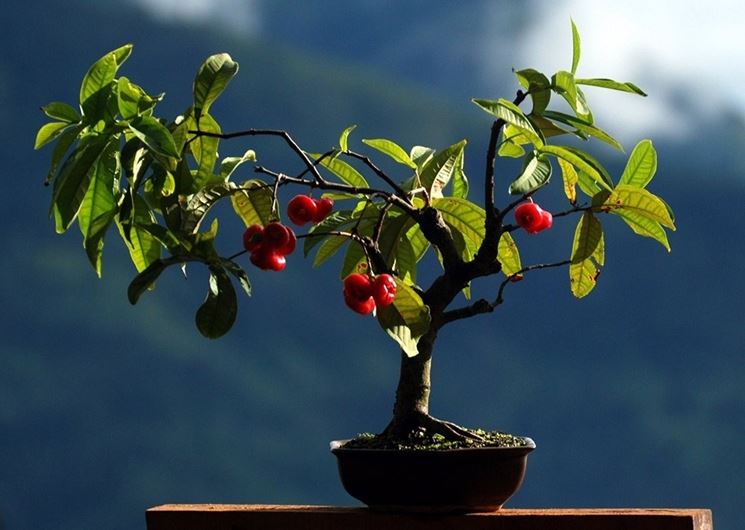
The best period to intervene with the formation pruning of the bonsai apple tree, is with the vegetative stasis, during the winter season. The excess branches must be shortened and brought to two, maximum three nodes. In order not to carry out a drastic pruning and to obtain the production of flowers, branches must be allowed to grow, with the function of guiding and supporting the development of new branches. Double and opposing elements must be eliminated with the appropriate bonsai shears. Treating wounds with bellows or healing powder helps the plant overcome the trauma of pruning. It is important to leave many short branches to be able to obtain the characteristic flowering in spring. The bonsai apple tree can be adapted to different posture styles, for example inclined and informal upright.
Repotting and fertilization of the bonsai apple tree
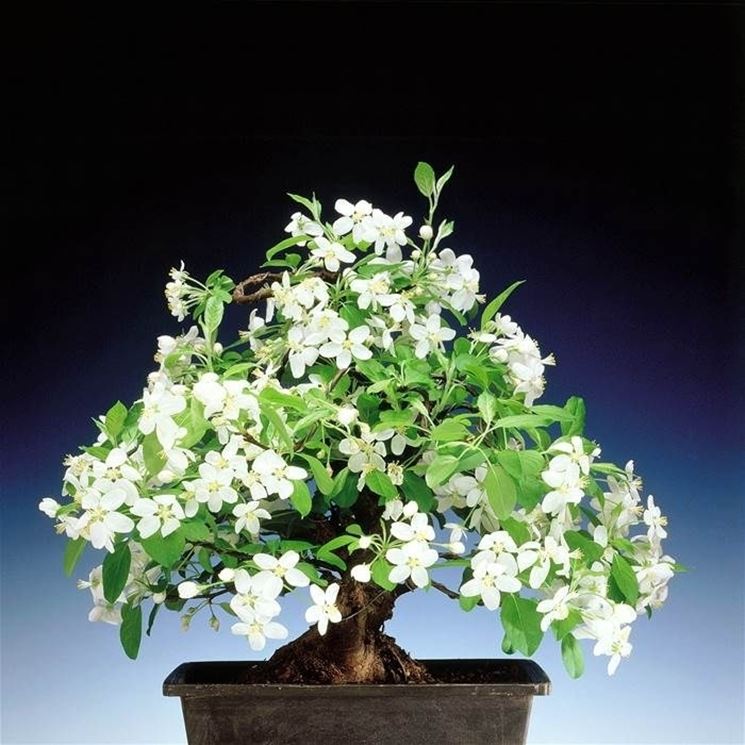
Repotting for the bonsai apple tree is an operation that must be performed annually, especially in the case of young specimens. The best time to intervene is at the beginning or at the end of the winter season. One third of the voluminous roots must be shortened and removed before transplanting into pots. A specific organic soil for bonsai helps to maintain the appropriate humidity for the growth of the bonsai apple tree. Periodic and balanced fertilization is an important element for obtaining a rich flowering and fruit ripening. The administrations must be avoided during the opening of the fragrant flowers while they are indispensable for the development of small fruits and throughout the vegetative period. An organic fertilizer diluted in irrigation water,

